Kirsten: I’m learning a lot about what it means to be an artist in residence. Right before me there was another resident, an actor, which paved the way for how an artist would interface with Company One.
There’s also another playwright in residence in Boston at a much larger theatre company. That’s been helpful as a reference point, but it’s also very different because that company is bigger. I think the expectations are different. But it’s been helpful to see how that playwright works and interacts daily with that staff.
I’m learning a whole lot about how to run a theatre, how it works from the inside, things that I nonchalantly thought I knew before I sat in on my first staff meeting. I had no idea what was going on before I came. I still feel like every staff meeting is a game of catch-up. And part of it is because I avoided having a real job before coming on staff. I like it! But I also know sometimes it takes time and there’s a reason why I am an artist first and not an administrator. How about you?
Peter: I went to staff meetings every week, and the balance between real-world concerns and artistic concerns was always in play. There’s so much companies have to worry about as far as keeping the doors open and making sure bills are paid, figuring out how to pay those bills and how to raise money, and how to keep to an artistic mission. Sometimes it takes extra effort for people to remember the other piece of it, which is why everyone is at those meetings. It was interesting to see how those two main needs work off each other.
Kirsten: I experienced how much a place like Company One thinks about and revises its mission, and works to make sure its programming is true to it. I saw that continually. I happened to be there when Company One wrote a manifesto. We thought, We have a mission and that’s great, but let’s work on this other document that really speaks to the work we’re doing and how it intersects with the community.
Peter: Were you part of that?
Kirsten: Yeah. The company structure is not hierarchical, it’s more of a collective, so everybody weighs in on work like that, from interns to management to artists in residence. Everybody around the table is empowered, and that’s really wonderful.
How an organization tells its story, or how it communicates what it wants to do as an organization—in a way that’s not trapped in nonprofit language—that was something I could contribute to.
Peter: The mission conversation was very active at Z Space too the entire time I was there. There’s a questioning of who we—I still say we, and I notice you do too—are in San Francisco in this moment. There’s this great team of people at the organization now who are actively wondering what kind of work we have to do and how to support the artistic community as well as develop our audience. Z Space has always been torn between being artist-first or audience-first, and for most of its time it’s been a very artist-driven space, almost more interested in developing work sometimes than presenting.
That’s always in conversation, because there’s no subscriber base. Projects are individually selected and money is raised and the shows are produced. There’s not a built-in audience the company is serving. It’s actually serving like fifty micro audiences that probably overlap but not always. Like dance and avant-garde theatre and numerous other subgenres. It’s also a space that supports people who want a week to develop the technical aspects of their show, do workshops, stuff like that, which is not audience-facing at all.
Although its not non-hierarchical, everyone is empowered to contribute to the discussion. It was also nice to be in an organization that size because it’s nimble enough that people can adapt and change pretty quickly, unlike those behemoth nonprofits with huge staffs where pivoting is really, really hard.
Kirsten: How do you think your presence affected Z Space?
Peter: I tried to help keep an artist’s perspective present in the organization. The artistic director, Lisa Steindler, would come to me a lot saying, “If you were a playwright presented with this, what would you need or what would be your response?” I also helped situate where the theatre sits relative to other theatres I’ve worked at over the years. I was able to share experiences I’ve had in other places.
How an organization tells its story, or how it communicates what it wants to do as an organization—in a way that’s not trapped in nonprofit language—that was something I could contribute to. I made an effort to be involved in that but, other than to write plays, I was never really given any regular, required administrative duties. For my own productions I feel like I acted as one of the producers, but everything was very ad hoc.
Lisa always said she liked having someone like me around to keep reminding the organization that it’s an artist-driven place.
How about for you?
Kirsten: Oftentimes, when we’d talk about new work, or during programming, I contributed my perspective as a playwright, a working artist. For example, when talking about what visiting artists might need when they’re on the road, I’d explain not all playwrights need the same thing, that playwrights’ experiences vary, or that just because a playwright doesn't express that they need something doesn’t mean they don’t need it.
I also worked with local playwrights through a program the company has called PlayLab. Hopefully my presence has continued to strengthen Company One’s relationship to the new play ecology in Boston. On top of that, I also sit in on programming meetings. And sometimes, I will be honest, that hasn’t worked as well or as envisioned. Part of it is that I cannot keep up with the sheer number of plays that come in. I teach full-time at Boston University and I oversee its undergrad playwriting program at the School of Theatre. And I need to work on my own stuff. There are too many voices in my head aside from my own.
But when I’m in programming meetings, I can be the voice in the room that says, “Hey, this is what I think this playwright might be trying to do or say,” or, “This is how this playwright’s voice fits into the landscape of new play work,” or, “This is an early career playwright, but this might be where they go in a few years.”
When I’m in playwriting program meetings, I can be the voice in the room that says, “Hey, this is what I think this playwright might be trying to do or say.”
Peter: Have they produced your work in the three years you’ve been there?
Kirsten: They produced one play called Greater Good, at the end of the first three years. I’m super excited. Knowing it was going to be produced, I was like, “Oh, let’s do a play with as many characters as possible even though it’s a small company!” But it’s given me a lot of anxiety in terms of watching how the play is being produced.
Peter: You’re witnessing the effects of a large-character play on an organization.
Kirsten: Yes, and it’s immersive. I also wanted to make it accessible to people who might have mobility challenges. To do that we had to be able to use the elevator, so it’s in a different space that can only accommodate a certain number of audience members. We’ve had to cut our audience basically in half, which means we won’t bring in a lot of revenue. So there are a lot issues. In the next three years, maybe I will switch it up and figure out another type of play I want to write that is more conducive to it being produced. How about you?
Peter: Similar in the sense that I was allowed to write some weirder stuff. Sometimes the goal is to get a piece produced over and over again, and for one of the projects I was working on during my residency, I stepped away from that idea and tried to write something weird and immersive and without a traditional seated audience. Z Space is a 12,000 square foot former can factory and I tried to create a show where people could walk around the entire space. I felt empowered to start work in different ways, like writing with actors in mind. I wrote two plays that began with the collaborators I wanted to work with, which was super fun.
Another nice thing about the residency was that I was able to design the development process I needed for each play, and then, because of the micro fund we got, there was money I could allocate to it. I felt some guilt about overburdening the organization with my presence, but it was nice to have the money to pay actors and fly them out or put them up when doing workshops.
Now that it’s over, I feel a little lost, slightly off-balance. Wait, how do I pitch this to other people? I’m writing a new play, and I’m like: I need a workshop! I don’t know where to do it! I don’t have that money anymore. But I will figure that out.
Kirsten: That micro fund really is wonderful in that, when it’s appropriate, I can use it. I’m able to say “I’d like to do this project” and my micro fund can take care of that. I don’t know if I always use it when I can or when I should, but it’s in the back of my mind to be used as a cushion or help something along.
Peter: I spent almost all of it. The first three years of the grant, there weren’t any additional funds for the theatre beyond the money for the salary. For the renewal round they changed that, but that’s part of the guilt I had initially about overburdening.
Towards the end, I fashioned a kind of capstone project, which was to host a comedy convening with HowlRound at Emerson College last fall, and I was able to bring in eight or nine people to talk about comedy playwriting. It was so great to find out I’m not alone in my passion for comedy.
Kirsten: How did it go?
Peter: It went really well. I tried to balance it between talking about how people approach writing comedy, the craft of it, and how to advocate for it better in the industry. We definitely laughed a lot, but people come to comedy for very serious reasons and that felt present in the room. There were also some great ideas about how to push the form and how to find more opportunities for development. Perceived “importance” of a project is often an incentive for someone to give money to it. So, how do you advocate for comedy, which sometimes reads as trivial to people, even though, in my opinion, it’s not? And how do you advocate for what it’s doing to an audience? That was an interesting discussion.
I could only bring a small number of people and it felt like the beginning of a much longer conversation that would be fun with a much larger group. The world of comedy extends so far beyond the world of theatre, and some of those sketch comedy groups or improv groups are pushing the form in different ways that theatre isn’t. It felt like the beginning of many more conversations needed.
I definitely have been moved to figure out how I can get involved more in the community.
Kirsten: Before my time at Company One, I had a vision of me working with the community even more. In the last few years, I’ve become more aware of how finite time in a day is, like, Wow, I don’t know how I can fit more in the day. Over my next few years, I’m thinking about how I can intersect with the community more.
At Company One’s PlayLab, which playwrights apply to, the unit playwrights who are emerging writers pay for it. The people who are further along in their career do not have to pay. There are usually nine emerging writers and three fellows. We figured that there are more writers than that who might want a relationship with Company One, so we started doing these things called Open Writes, inspired by Suzan-Lori Parks’s Watch Me Work at the Public.
I was very cognizant that I didn’t have enough time in my schedule to hold workshops, so what we would do is, on a Saturday, because my kids were in dance and I had this open block of time, is set up at a coffee shop or a place that was amenable to having a group show up. We’d have Company One signage and stay there for like three hours, and I’d be writing as well. Company One would advertise it, do e-blasts and stuff like that. We would get anywhere from ten to twenty people, and I would use the micro fund to pay for snacks. People paid for their own drinks, but we’d put out a communal plate. And people would just write together.
Peter: I did something similar. I had a growing email list of writers who were interested. I’d invite people to come to the Z Space conference room and write around the table in collective communal accountability and silence. I also used the micro fund to bring snacks.
It was a nice self-serving community outreach because I found it so productive and helpful as far as my own writing process goes. It was a three-hour block of time to really focus and write. But the community aspect of it was great. There was banter time built in at the beginning and a fifteen-minute break in the middle where people could talk. Everyone always gave a little overview of what they were working on. I’d get between five and nine people a week. I’m continuing to do it now even though I’m not officially there.
In terms of other community stuff, I’ve definitely tried to be another doorway for the organization, and any time people are coming through town or are new in town or just want to learn more about the theatre, I tried to be as available as possible. I hosted some community salons on different themes and ideas on dark nights. Those were a few of the things I did, being as social as an introvert can be.

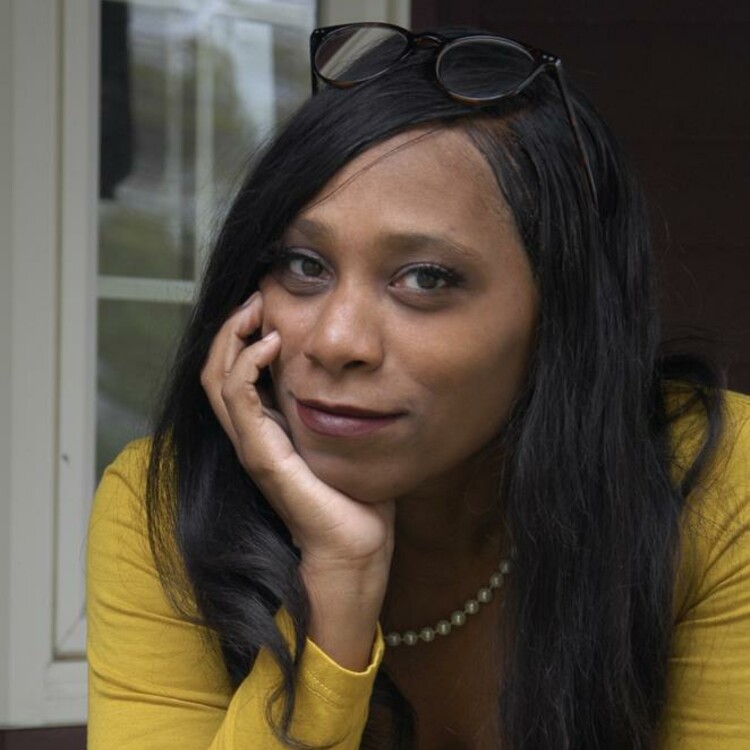
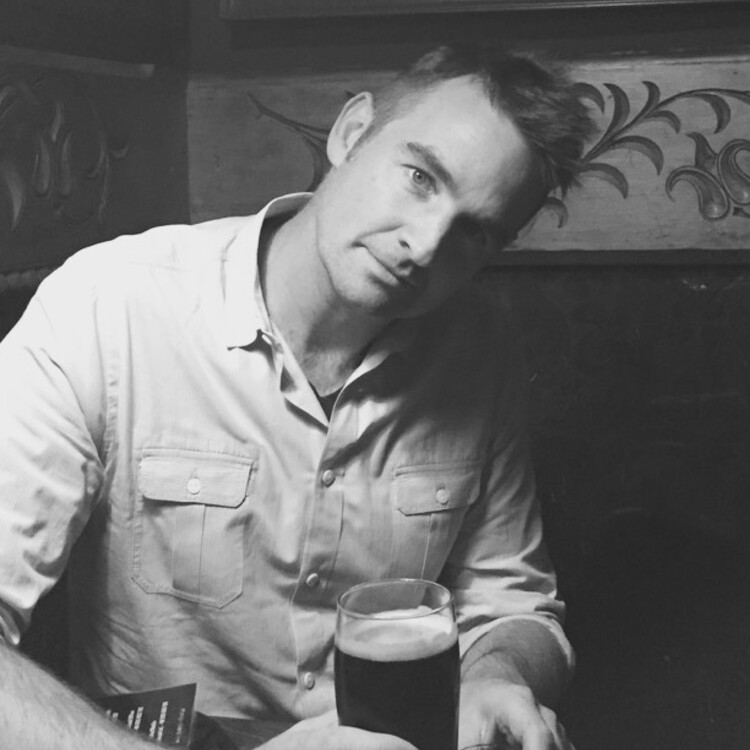
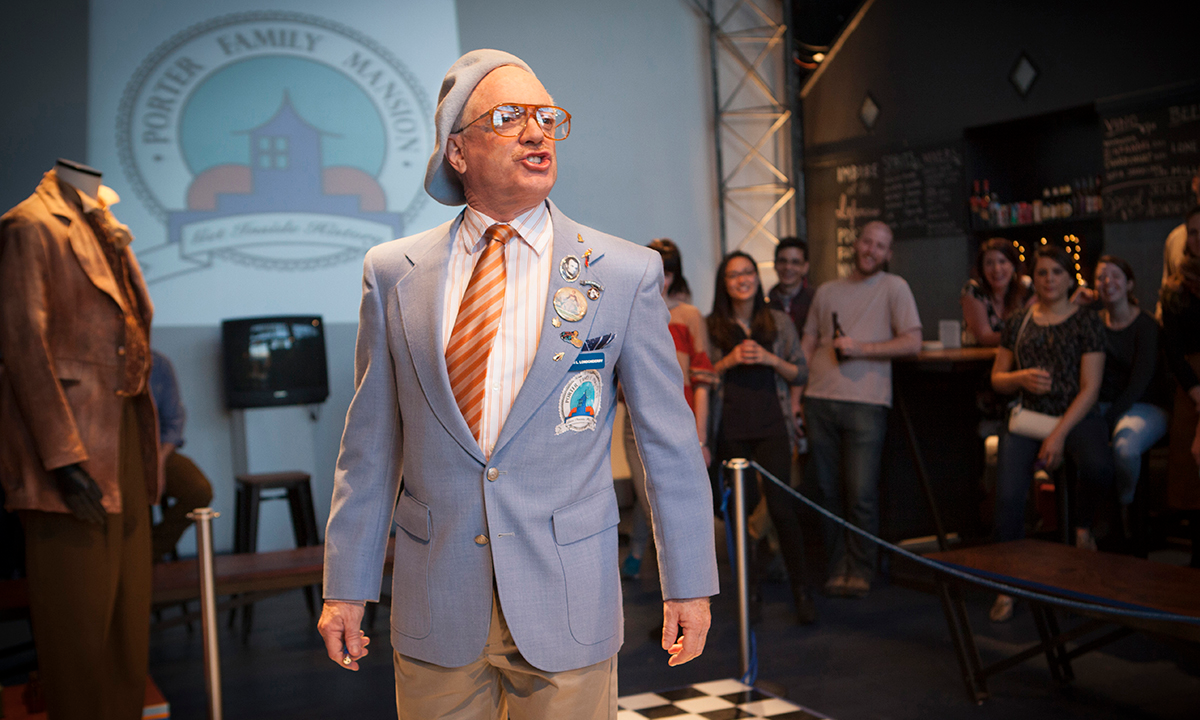
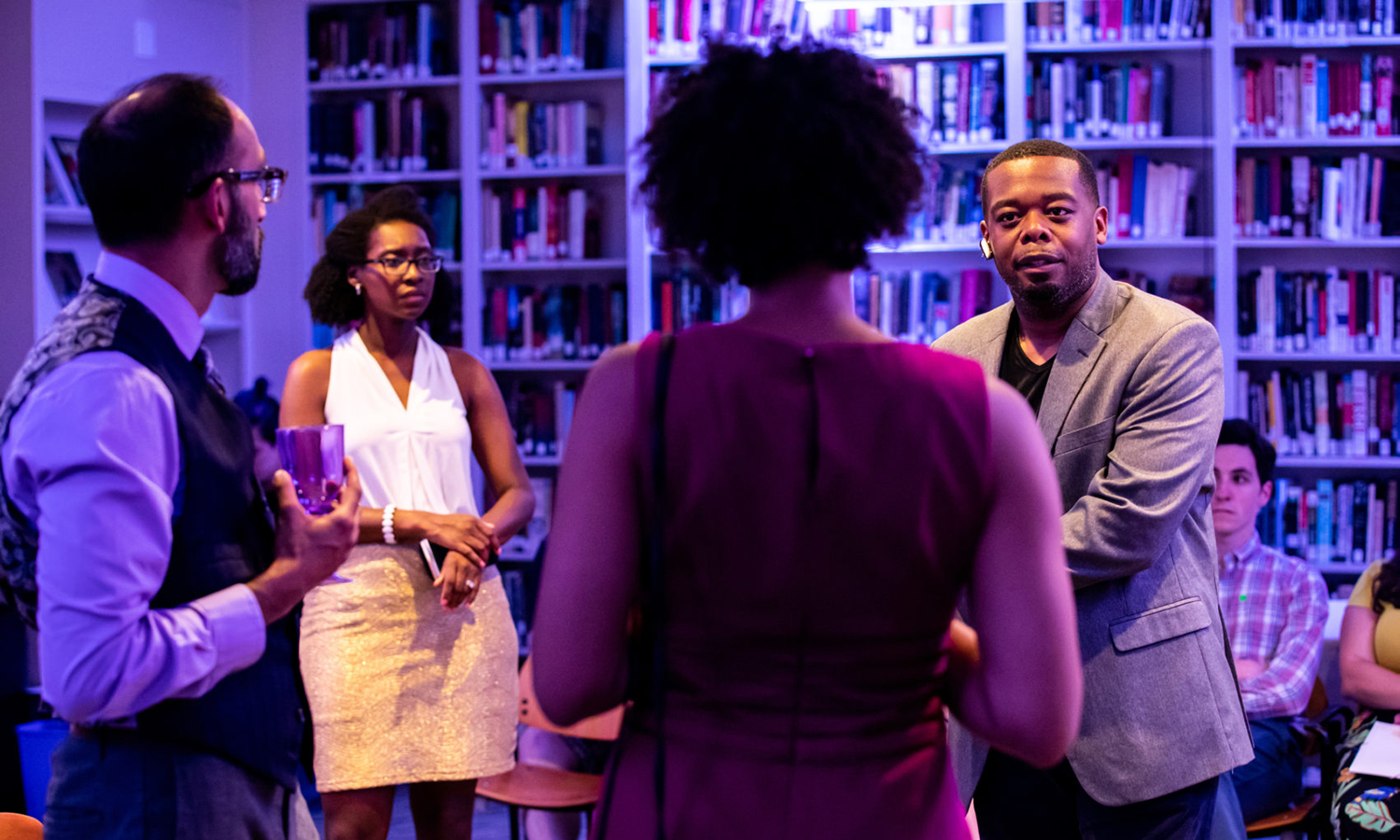

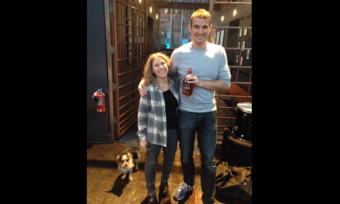


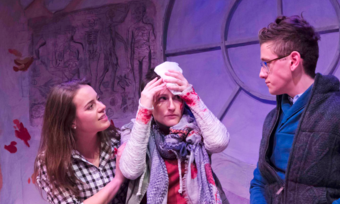


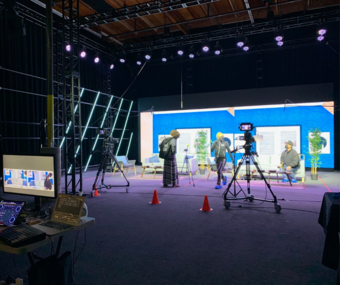



Comments
The article is just the start of the conversation—we want to know what you think about this subject, too! HowlRound is a space for knowledge-sharing, and we welcome spirited, thoughtful, and on-topic dialogue. Find our full comments policy here